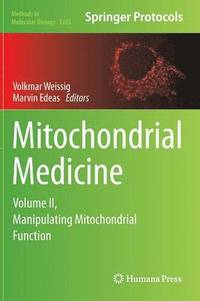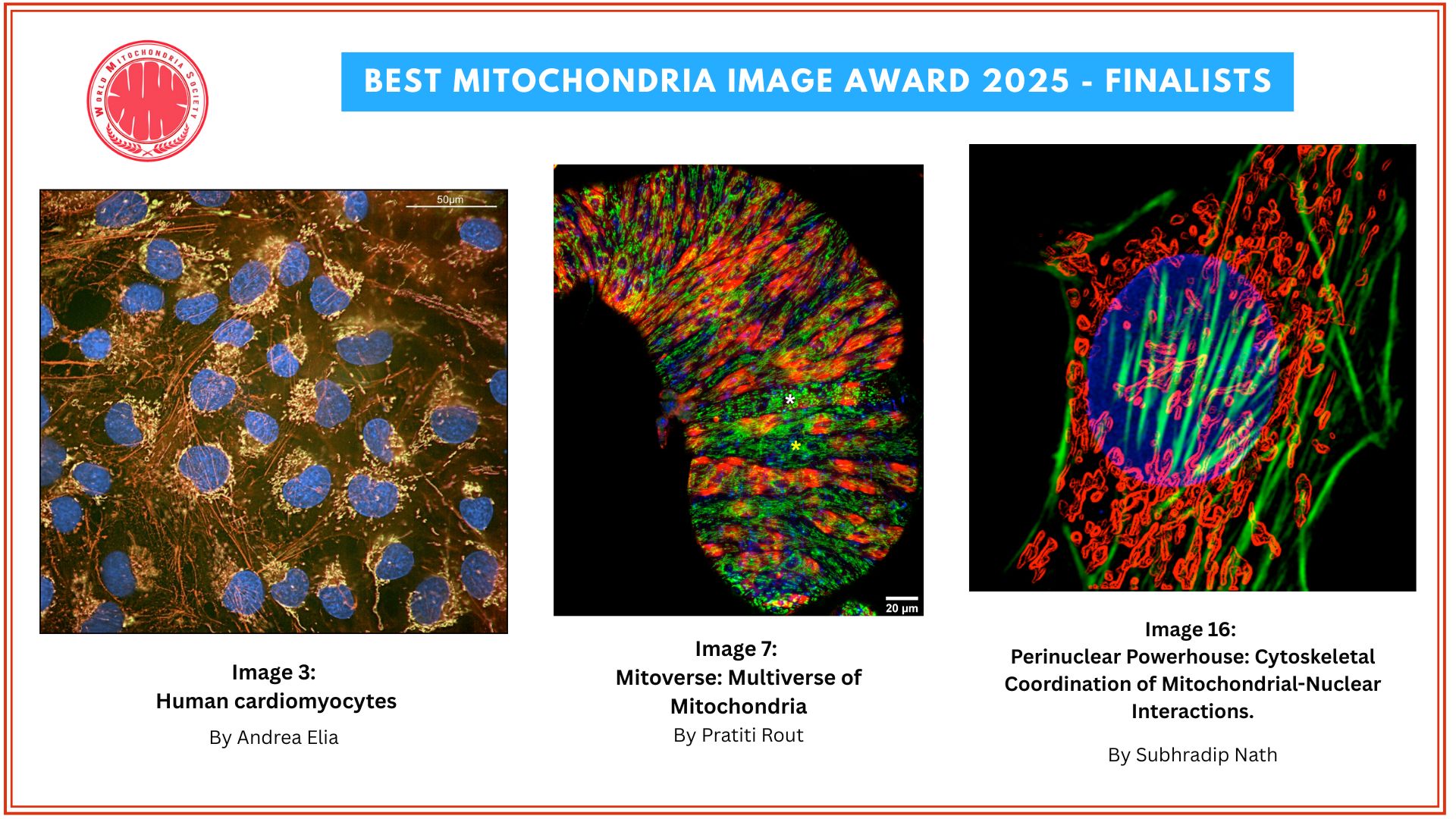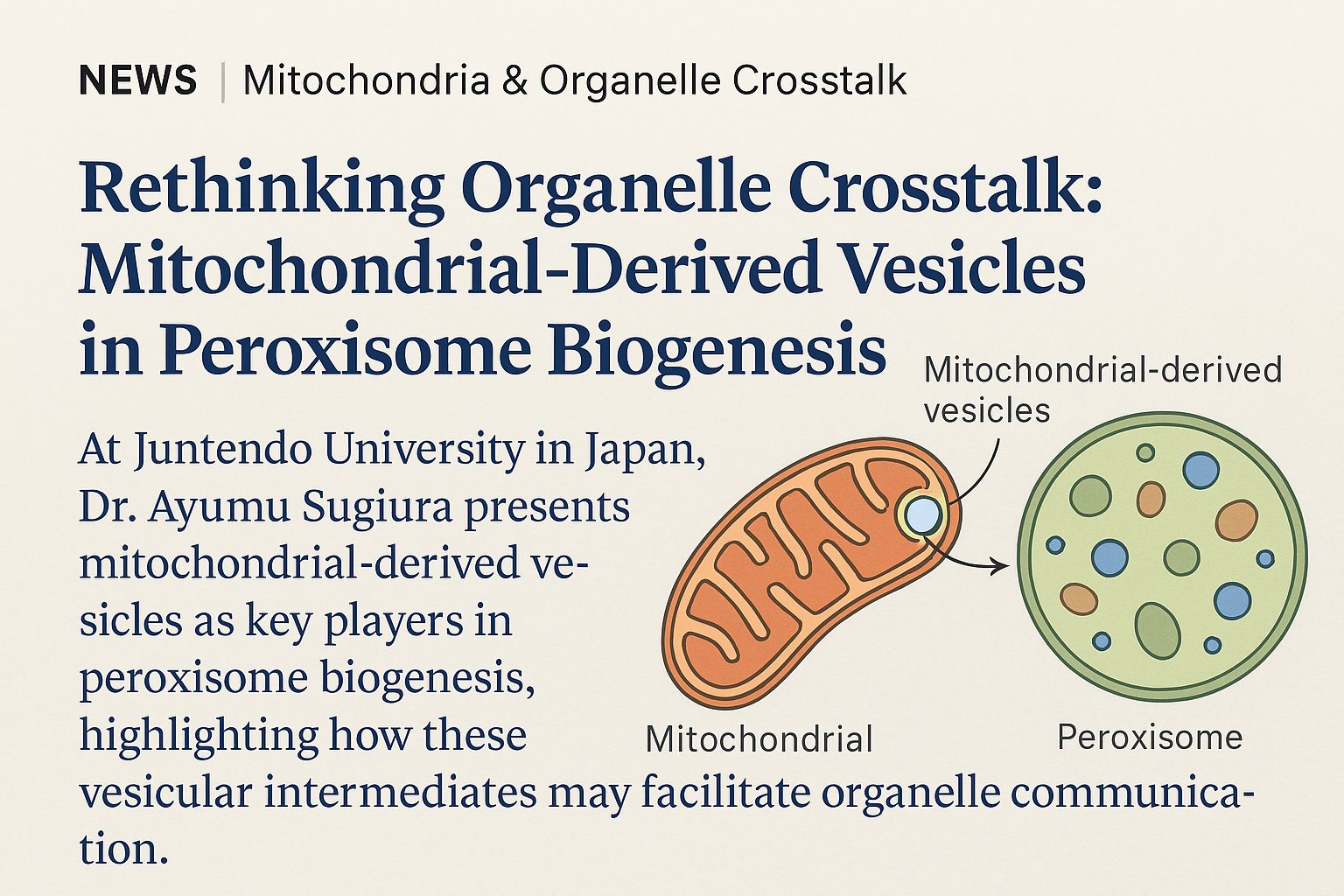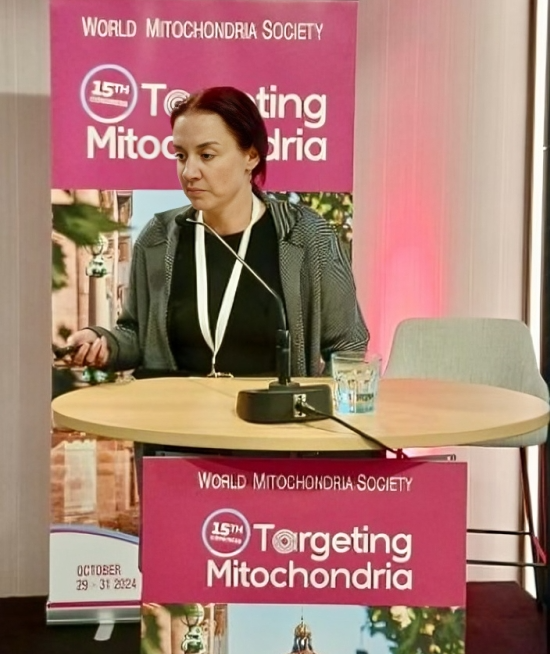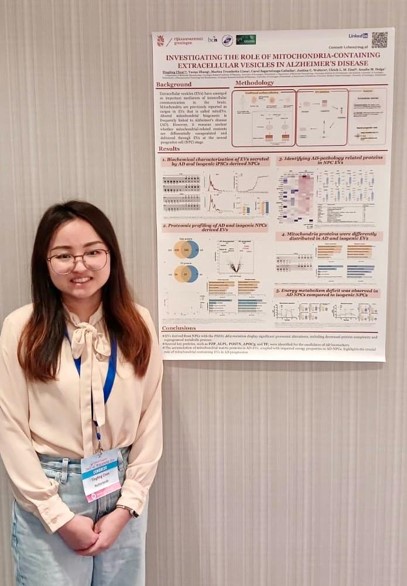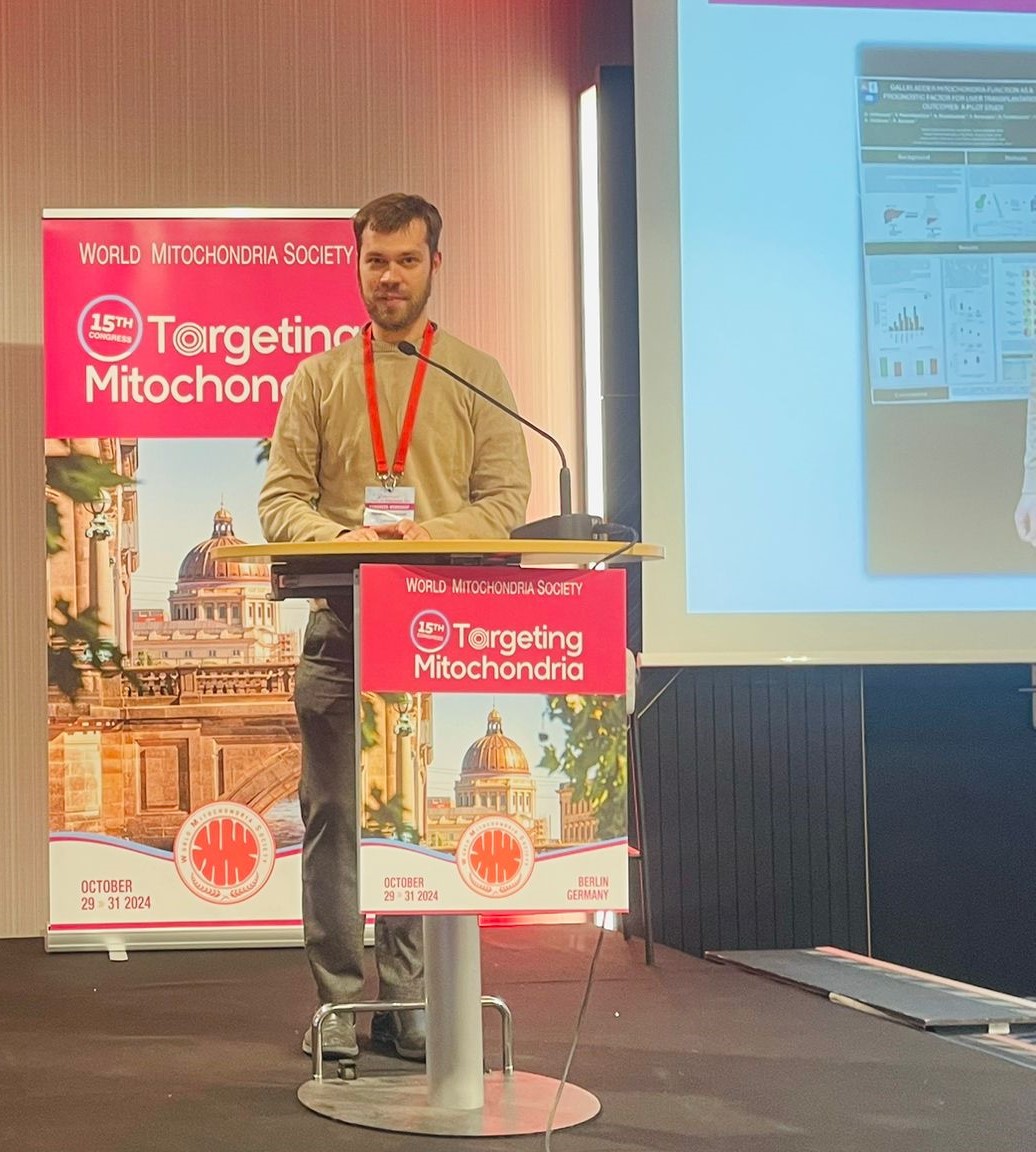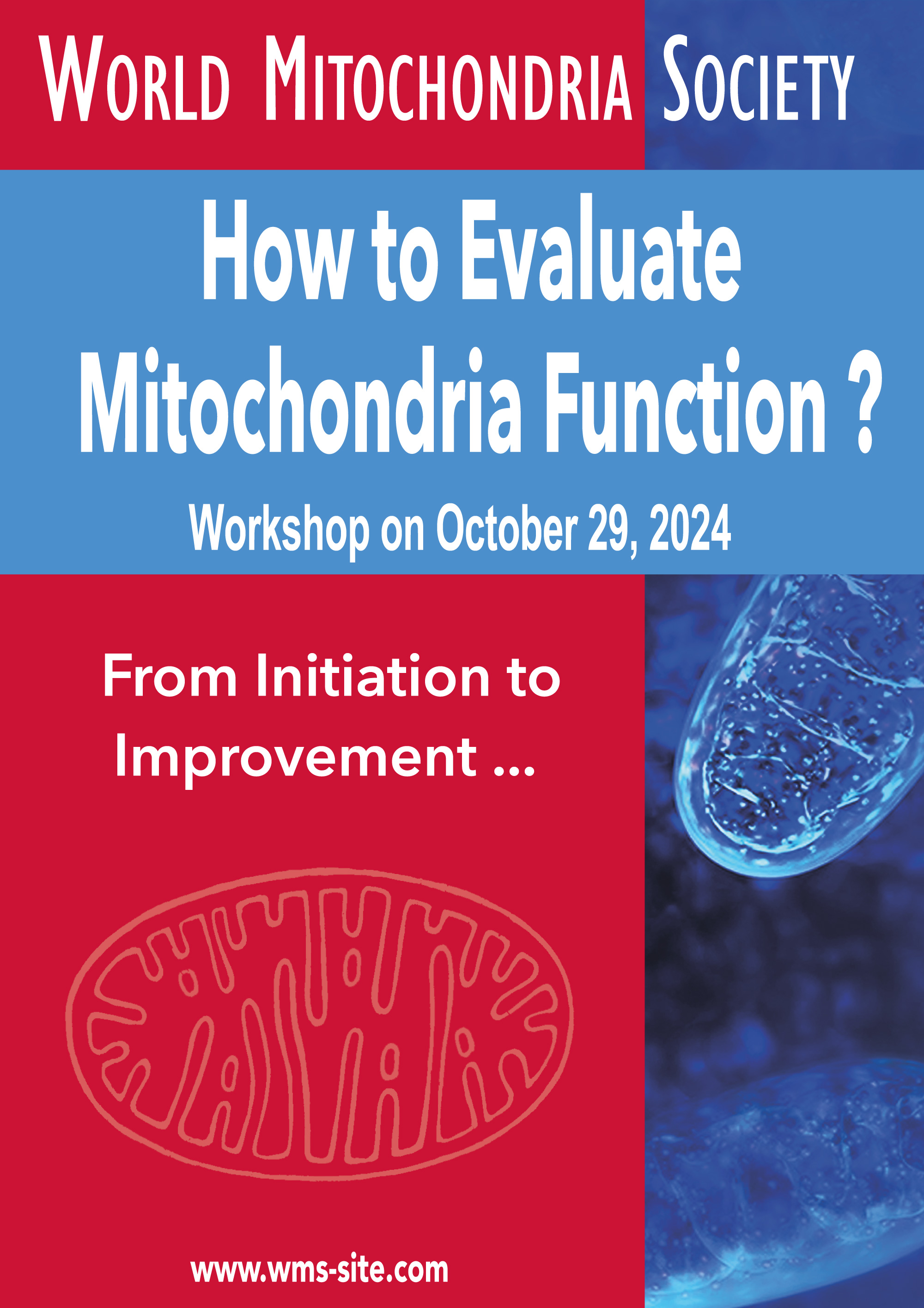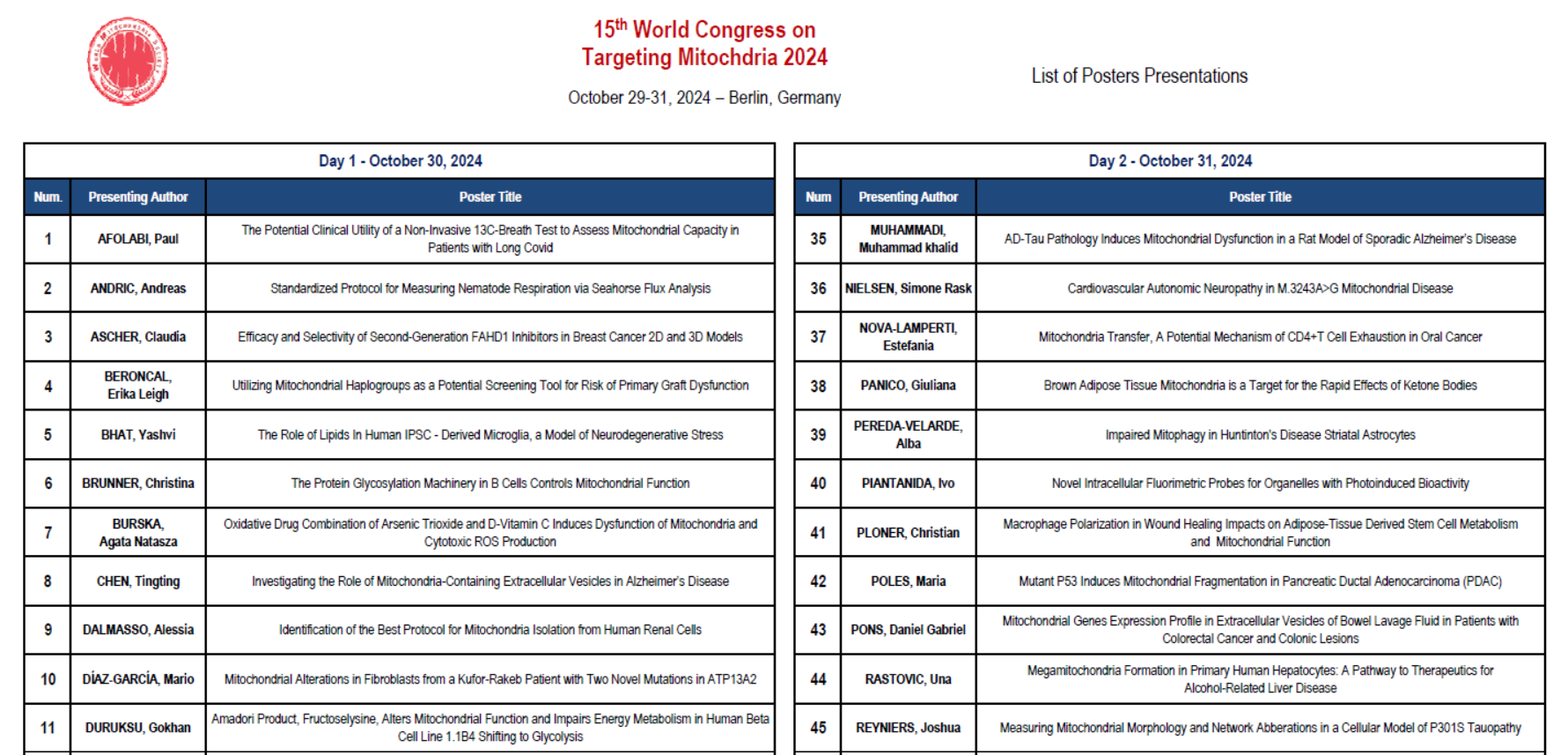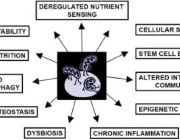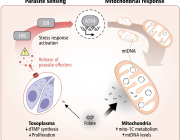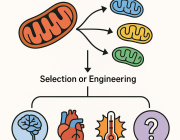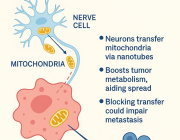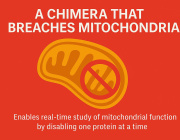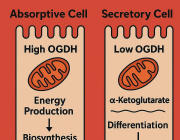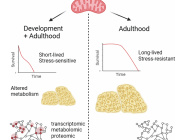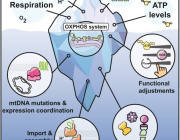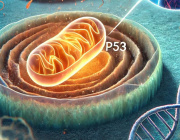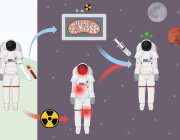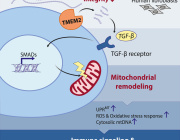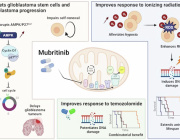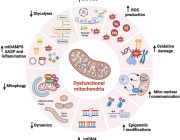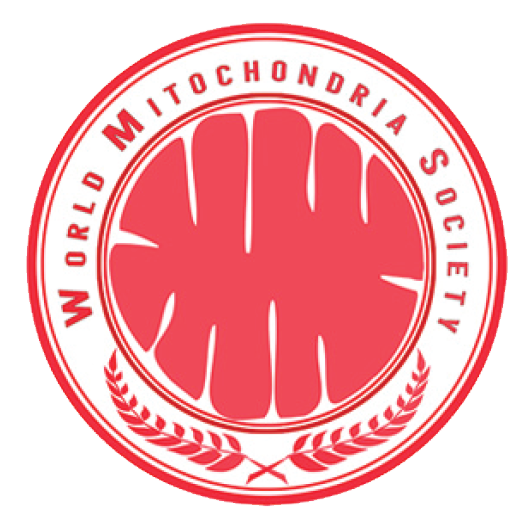ISANH & Targeting Mitochondria Committees congratulate Pr Douglas C. Wallace, for his Gruber Genetics Prize for Groundbreaking Contributions to Mitochondrial Genetics
Pr Douglas C. Wallace, a pioneering genetics researcher who founded the field of mitochondrial genetics in humans, will receive the $500,000 Gruber Genetics Prize 2012 for Groundbreaking Contributions to Mitochondrial Genetics.
Pr Wallace is being honored with this prestigious international award for his groundbreaking achievements in helping science understand the role of mitochondria—the “power plants” of cells—in the development of disease and as markers for human evolution.
ISANH and Targeting Mitochondria Committees congratulate Pr Wallace for this prize. The award ceremony will be held at the American Society of Human Genetics Meetings in San Francisco on November 9, 2012. It is why Pr Wallace invited Dr Meagan McManus to come in his stead to introduce Targeting Mitochondria 2012 by “Mitochondria: Huge Steps to New Medicine”.
Who is Pr Douglas C. Wallace?
Pr Wallace has been working on human and mammalian mitochondrial genetics for 40 years. He was the first to demonstrate that mammalian cells harbored cytoplasmically inherited genes by inventing the cybrid transfer technique in the early 1970s and using this system to demonstrate that mammalian chloramphenicol resistance could be transferred from cell to cell by fusing only a cytoplasmic fragment, a cytoplast, in the absence of a nucleus. He then proceeded during the 1970s to define the rules of mammalian mitochondrial genetics, culminating in his demonstration of the maternal inheritance of the human mitochondrial DNA (mtDNA) in 1980. From this foundation, his research followed two paths: the investigation of the nature and extent of human mtDNA variation in aboriginal populations and the quest for diseases resulting from mutations in the mtDNA. The population studies revealed that mtDNA variation was unique in that it correlated highly with the ethnic and geographic origins of indigenous peoples. This ultimately led to the realization that mtDNA variation was limited by natural selection and that mtDNA variation has been an important adaptive system for permitting people to survive and multiple in the range of different human environments. The quest for mtDNA diseases culminated in 1988 with the report by Wallace that Leber Hereditary Optic Neuropathy (LHON) was caused by a mtDNA missense mutation, making it the first maternally inherited mtDNA disease to be identified. Since that time, Wallace has not only shown that mtDNA mutations result in a wide range of clinical phenotypes but also that somatic mtDNA mutations are central to the aging process as well as for various age-related diseases such as Alzheimer and Huntington Disease. When the population specific mtDNA variation was compared to the frequency of common "complex" diseases, it was found that ancient mtDNA variation plays an important role in predisposition to many of these diseases. Thus, mtDNA variation has now been shown to be central to both rare and common multi-system diseases.
www.targeting-mitochondria.com









